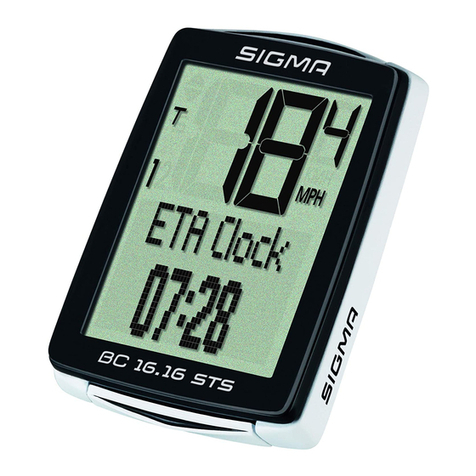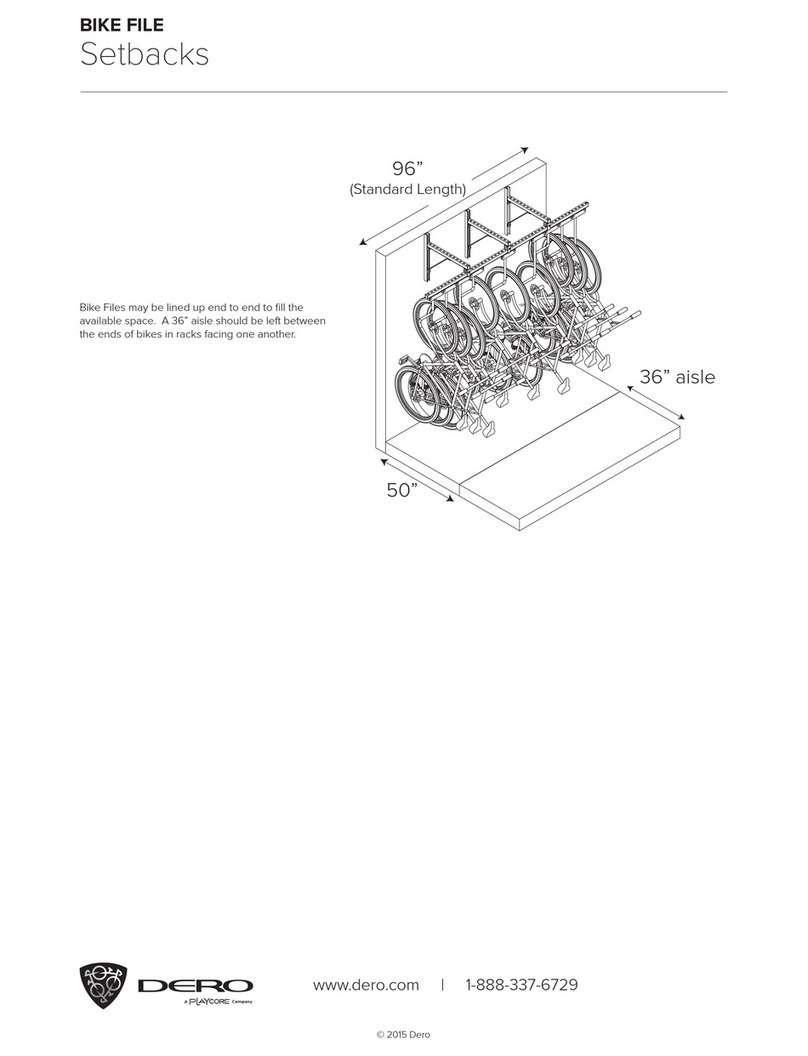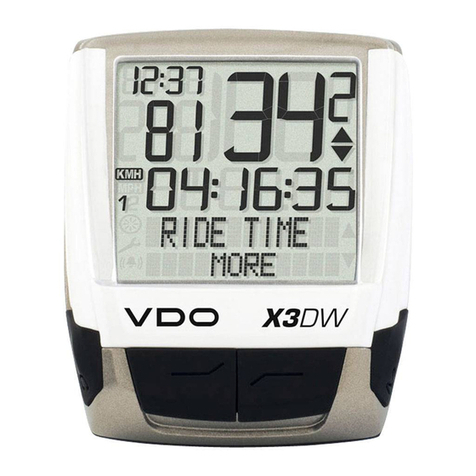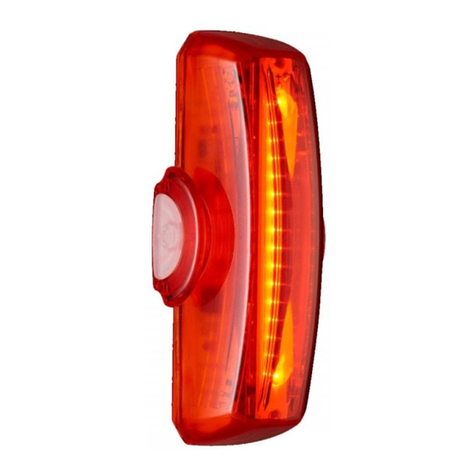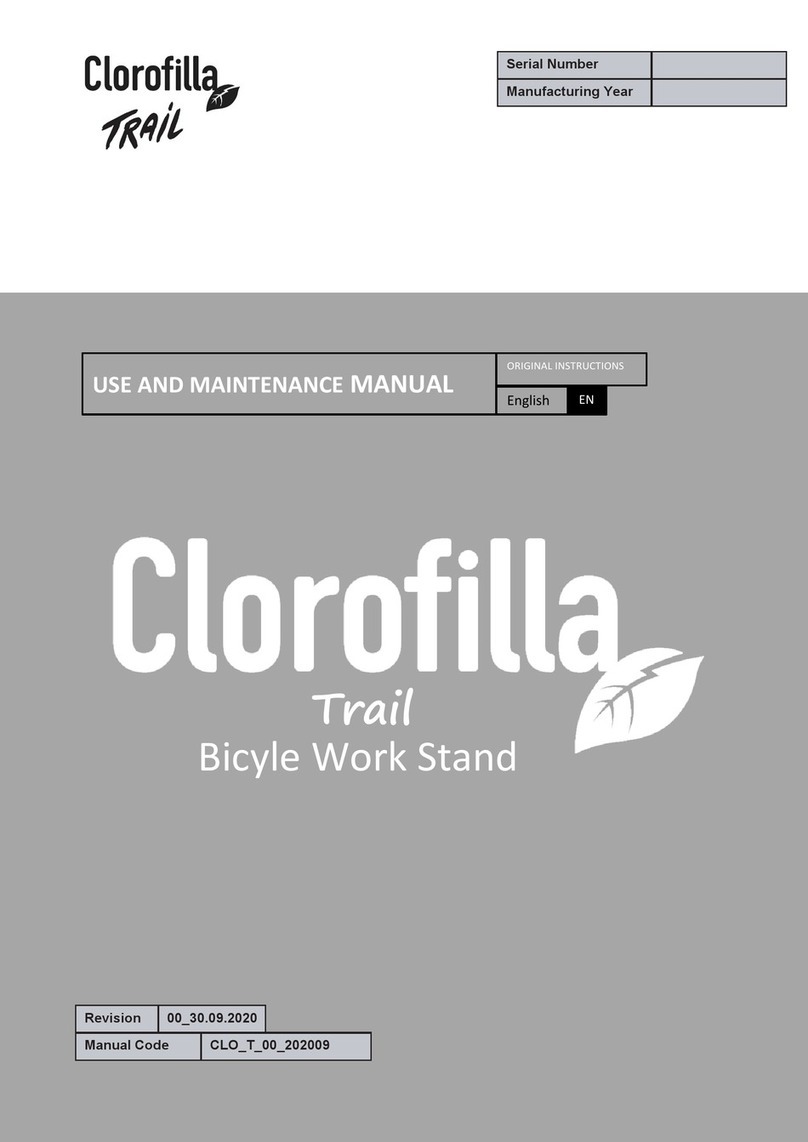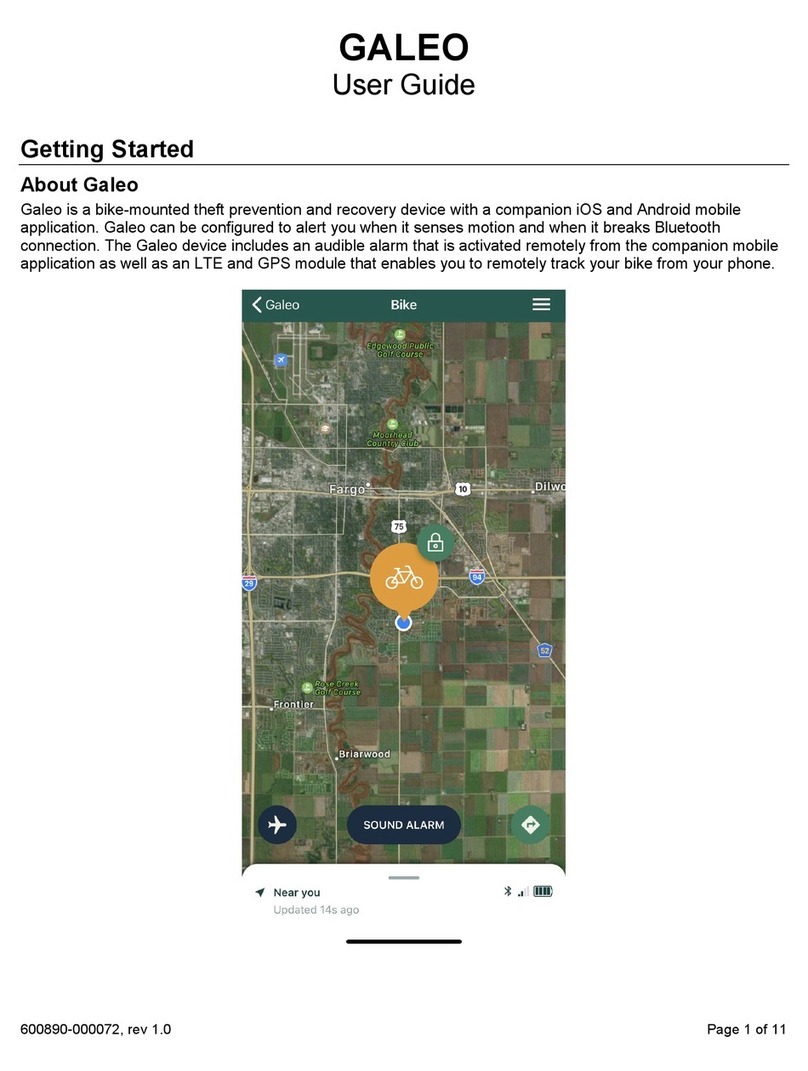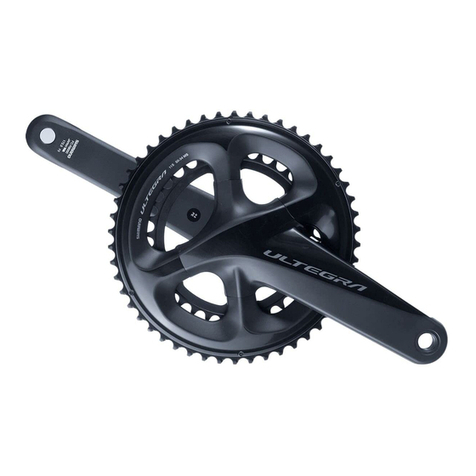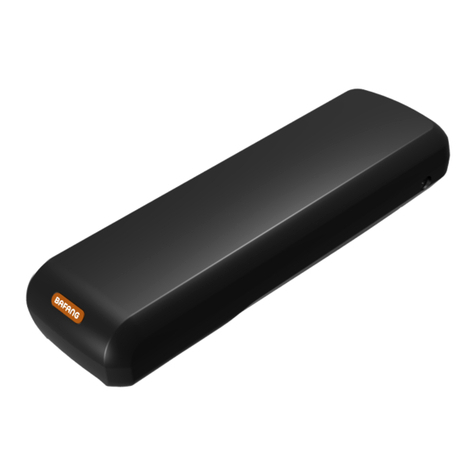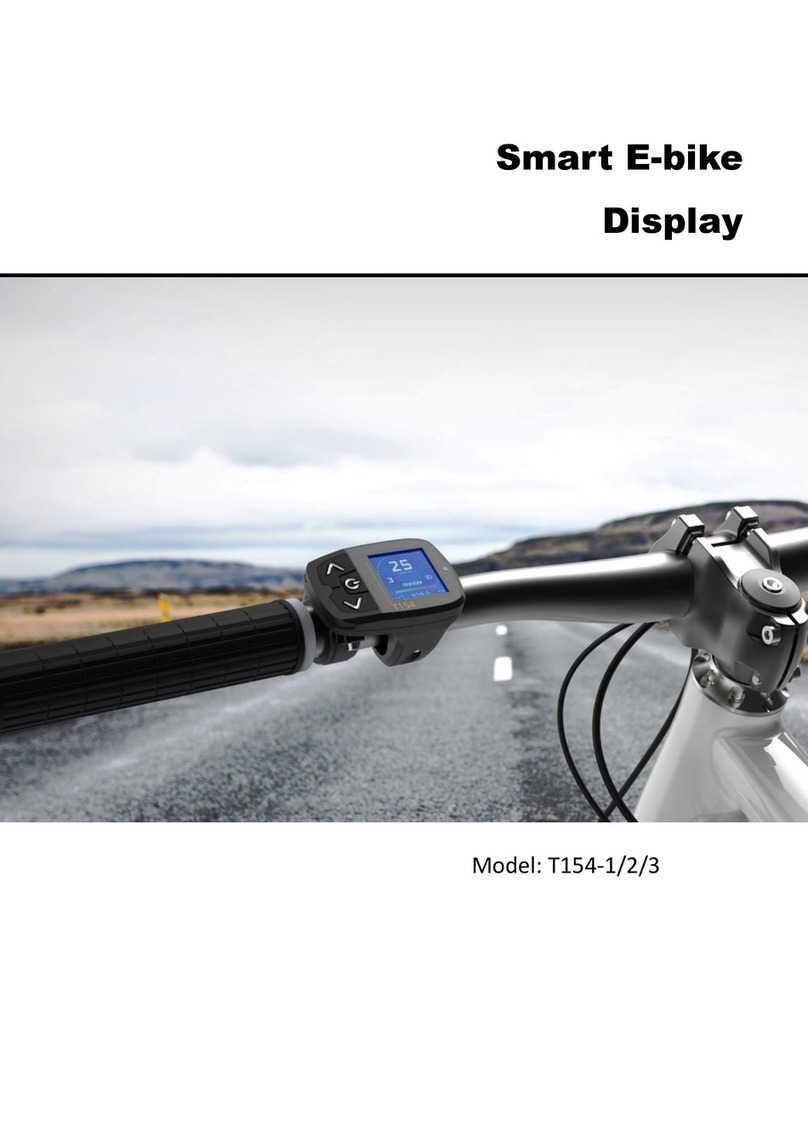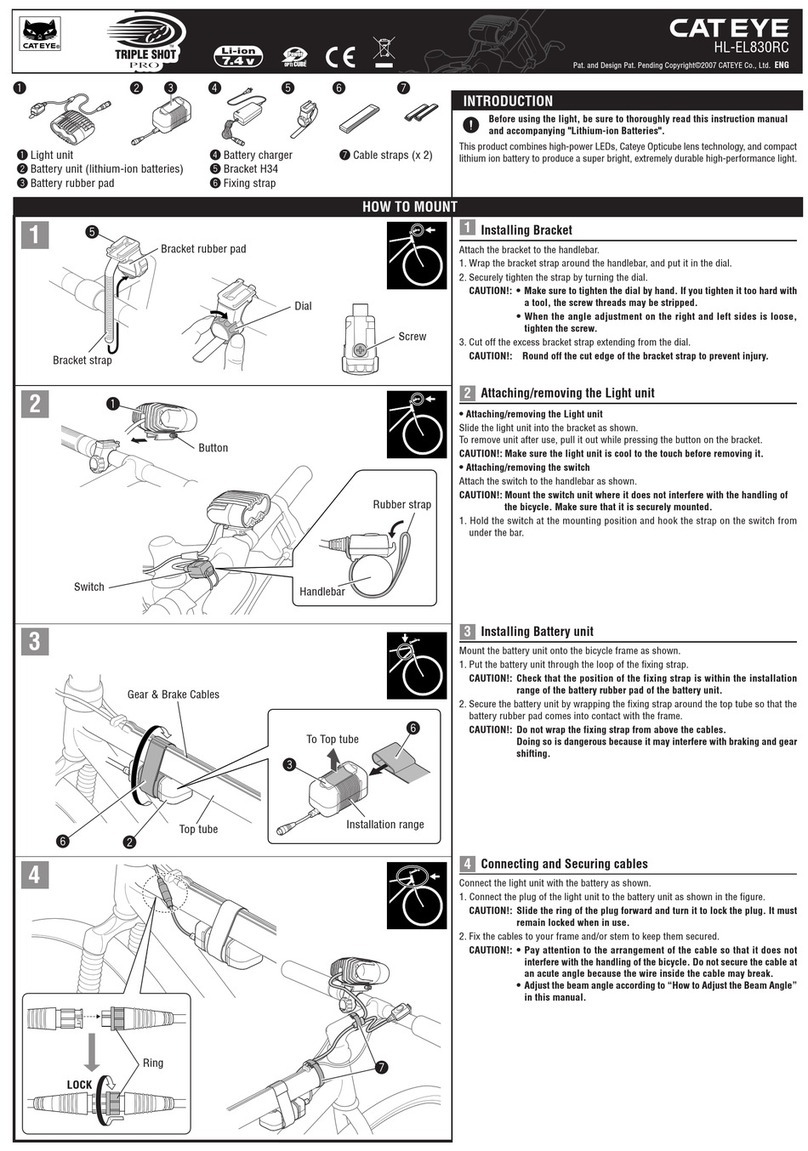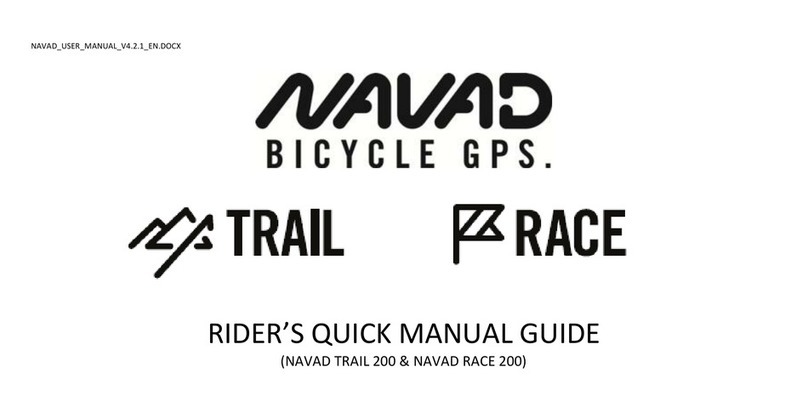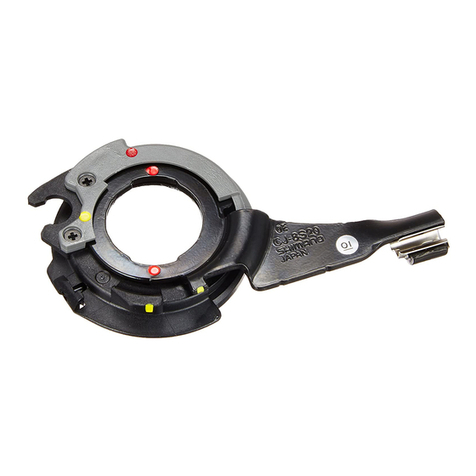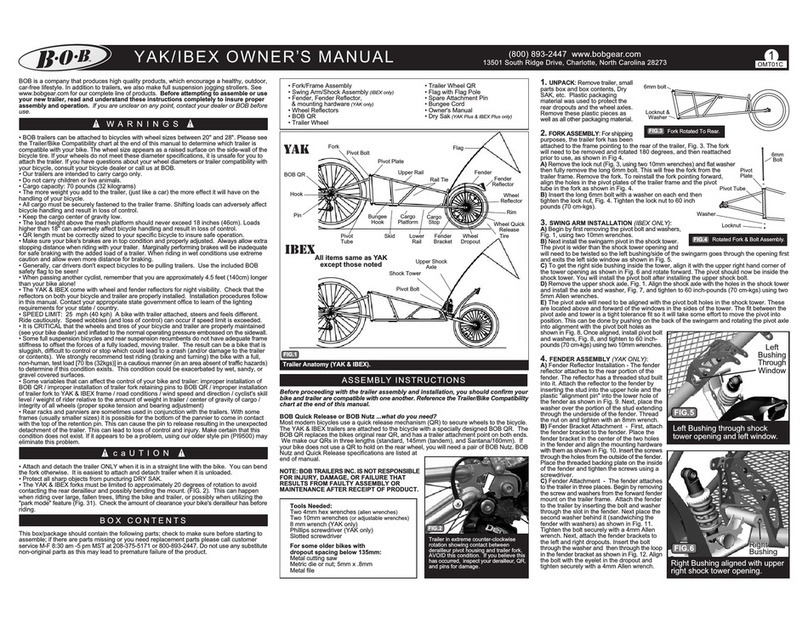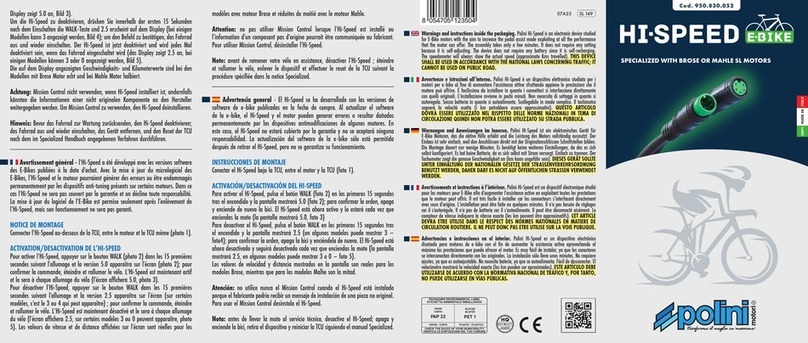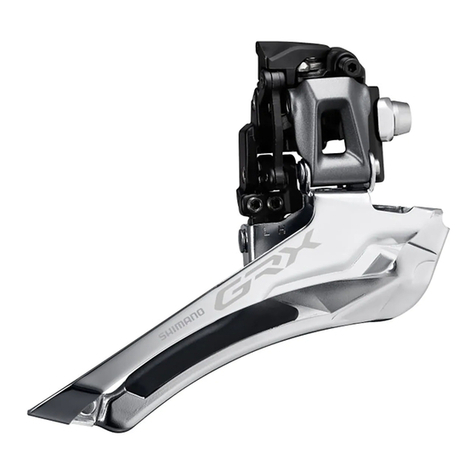Torque Range 0-220 Nm
24mm x 1
Tools required for initial assembly:
+
x 2
CYCLE CARRIER SYSTEMS
ASSEMBLY AND USER INSTRUCTIONS v2
ZX404 Cycle Carrier
4x
ASSEMBLY AND USER INSTRUCTIONS v2
GB
Whenever this product is used the following information must be taken into
consideration:
The cycle carrier is a safe product IF used correctly, whereas if it is used incorrectly
it can cause damage to you, your vehicle and anyone driving behind you.
Rear cycle carrier
for mounting onto
a ange type towbar.
ATTENTION – SAFETY REQUIREMENTS
-The correct installation and use of this cycle carrier is the sole responsibility of the user.
-Weight and maximum capacity of “ZX404” bike racks:
Cycle carrier weight 19.6kg (excluding base plate) MAX cycle weight 20 kg
- 4 bikes, max. total capacity 65 kg
-Never exceed the vehicle manufacturer’s static nose weight.
-Never use an automatic car wash system when the carrier is mounted.
-The combined weight of the bike rack and the load must never exceed the permitted capacity.
-Remove from the transported bikes children’s seats, transport baskets, rain covers or other
elements that could get lost or increase the air resistance.
-The bike rack is only suitable for transporting bicycles.
-Before leaving, check that the rear lights of the vehicle and carrier function correctly.
-Ensure that the bike rack is fitted correctly on the cycle carrier base plate and that the bikes are
secured as instructed.
-When on the road, respect the highway code speed limits and pay attention to
the road conditions to prevent jolts.
-Be aware that the loaded bike rack may change the driving characteristics of the car while
braking, during windy conditions and whilst cornering.
-To avoid damage, if the boot lid is equipped with an automatic opening function,
use this function with care.
-Check all the bike rack fixing elements after a short while, then at regular intervals whilst on
your journey.
-Take care when reversing and parking because of the greater length of the car.
-Check the distance between the bike rack, the bikes and the exhaust pipe(s) to avoid heat
damage.
-To increase road safety and to reduce fuel consumption, remove the bike rack when not in use.
-Modifications to the bike rack and its components are not permitted.
-Immediately replace any worn or damaged parts using only original spare parts.
-The bike rack can be cleaned using warm water and/or car shampoo.
-Store the bike rack in dry conditions at moderate temperatures.
-The manufacturer is not responsible for damage caused by improper use of this product, nor for
any objection made by the competent authorities with regard to the highway code.
-The manufacturer shall only be responsible for manufacturing defects in the bike rack and
accessory components.
km/h
110
Supplied.
24 mm

